Mango tree Care in Sydney (Watering, Fertilisation, Pruning, Propagation)
Learn to care for mango trees in Sydney! Discover watering, Fertilisation, pruning, and propagation techniques in our blog. Grow juicy mangoes with ease!
Mangoes are super popular fruits loved by people all over the world. They're known for their sweet taste and juicy flesh. In Sydney, mango trees are grown a lot because the climate there is perfect for them. But to make sure these trees grow well and give lots of yummy mangoes, they need proper care.
In this blog, we'll talk about how to take care of mango trees in Sydney. We'll cover important things like watering, giving them food (fertilizing), trimming, and making new trees (propagation). Learning about these things will help anyone who wants to grow mango trees in Sydney do it successfully.
1. Mango Varieties:
In Sydney, mango trees are like a rainbow of flavors, each variety offering its own unique taste and texture. Let's take a juicy journey through some of the most popular mango varieties you can find growing right here in Sydney.
First up, we have the Kensington Pride mango. This mango is like the king of mangoes in Australia, loved for its sweet and tangy flavor and smooth texture. It's perfect for eating fresh or blending into a refreshing mango smoothie on a hot summer's day.
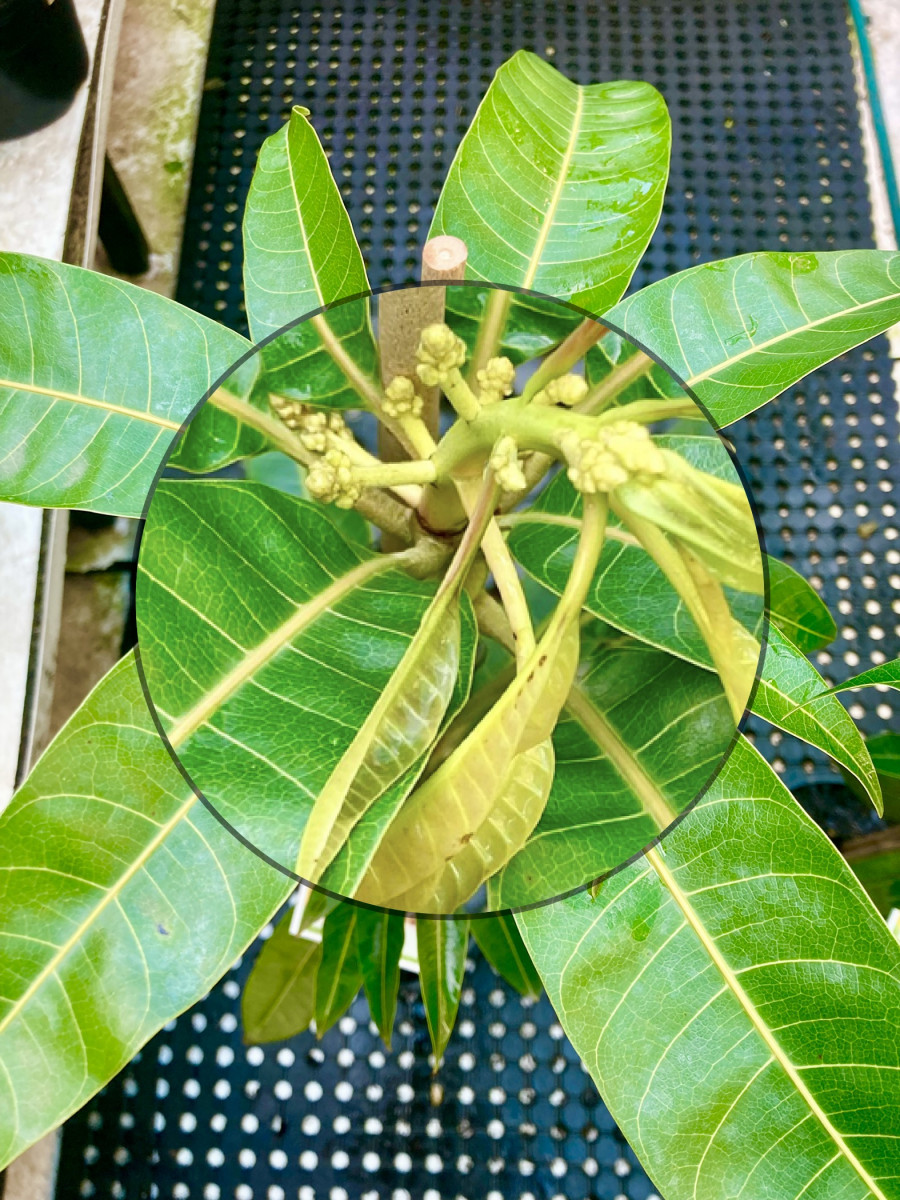
Next on our list is the R2E2 mango plant. This mango is known for its vibrant orange color and firm flesh. It has a slightly tangy taste with a hint of sweetness, making it great for slicing up and adding to fruit salads or enjoying on its own.
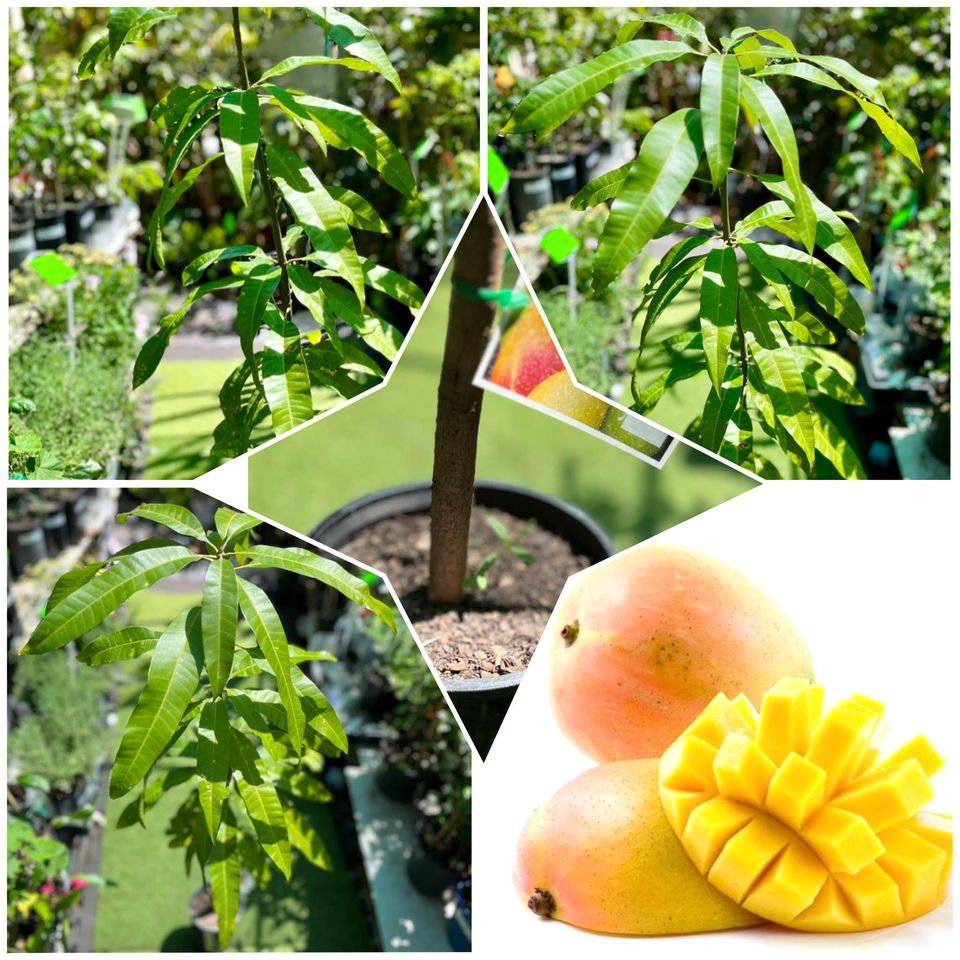
Then, there's the Alphonso "HAPUS" mango plant, often referred to as the "King of Mangoes" in India. It's famous for its rich, creamy texture and exquisite flavor. The Alphonso mango is a true delicacy, with a unique aroma and taste that's hard to resist.
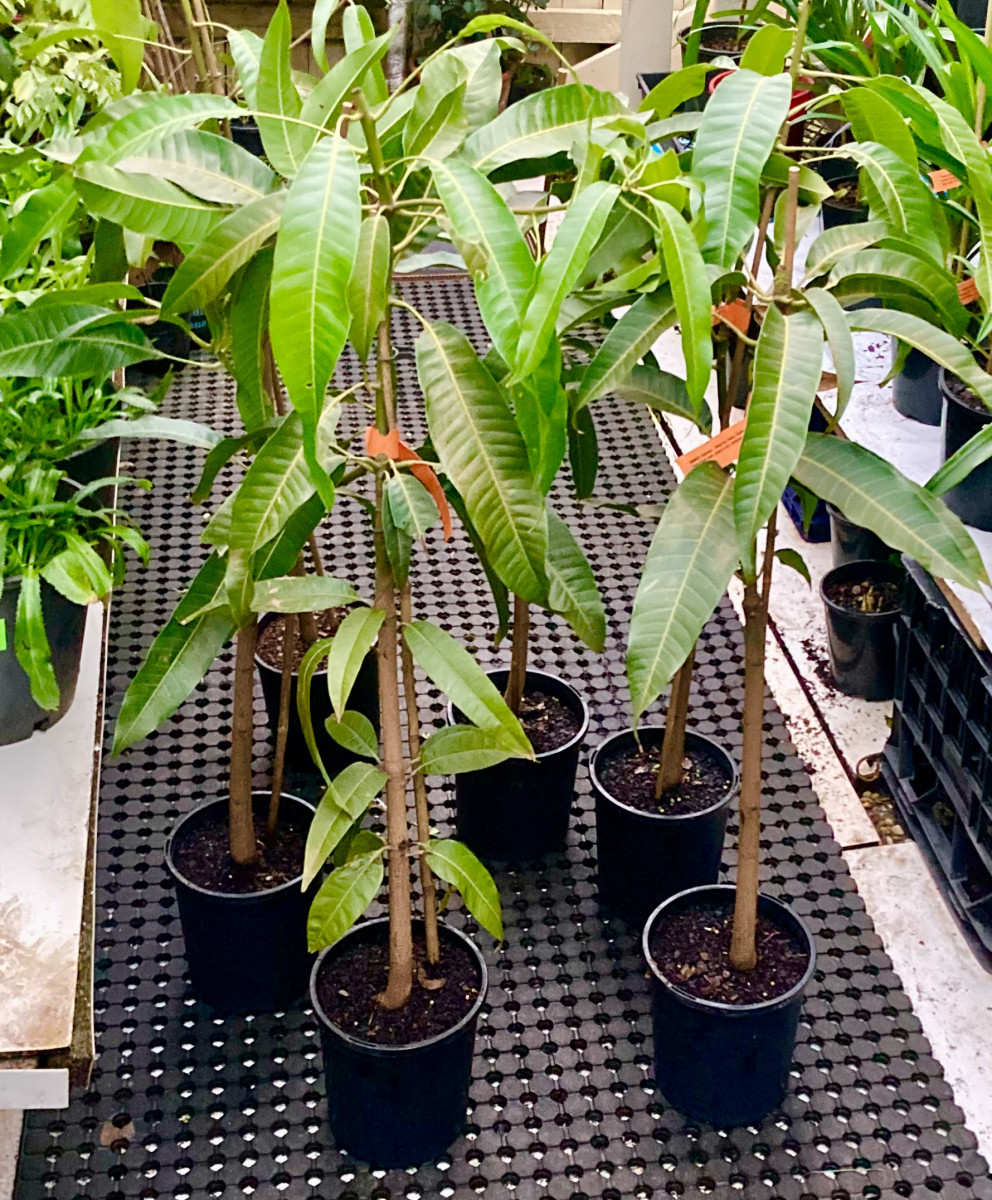
Moving on, we have the Khiew Sawoey mango plant. This Thai variety is prized for its firm flesh and sweet, tropical flavor. It's often used in Thai cuisine, adding a burst of flavor to dishes like mango sticky rice or spicy mango salad.
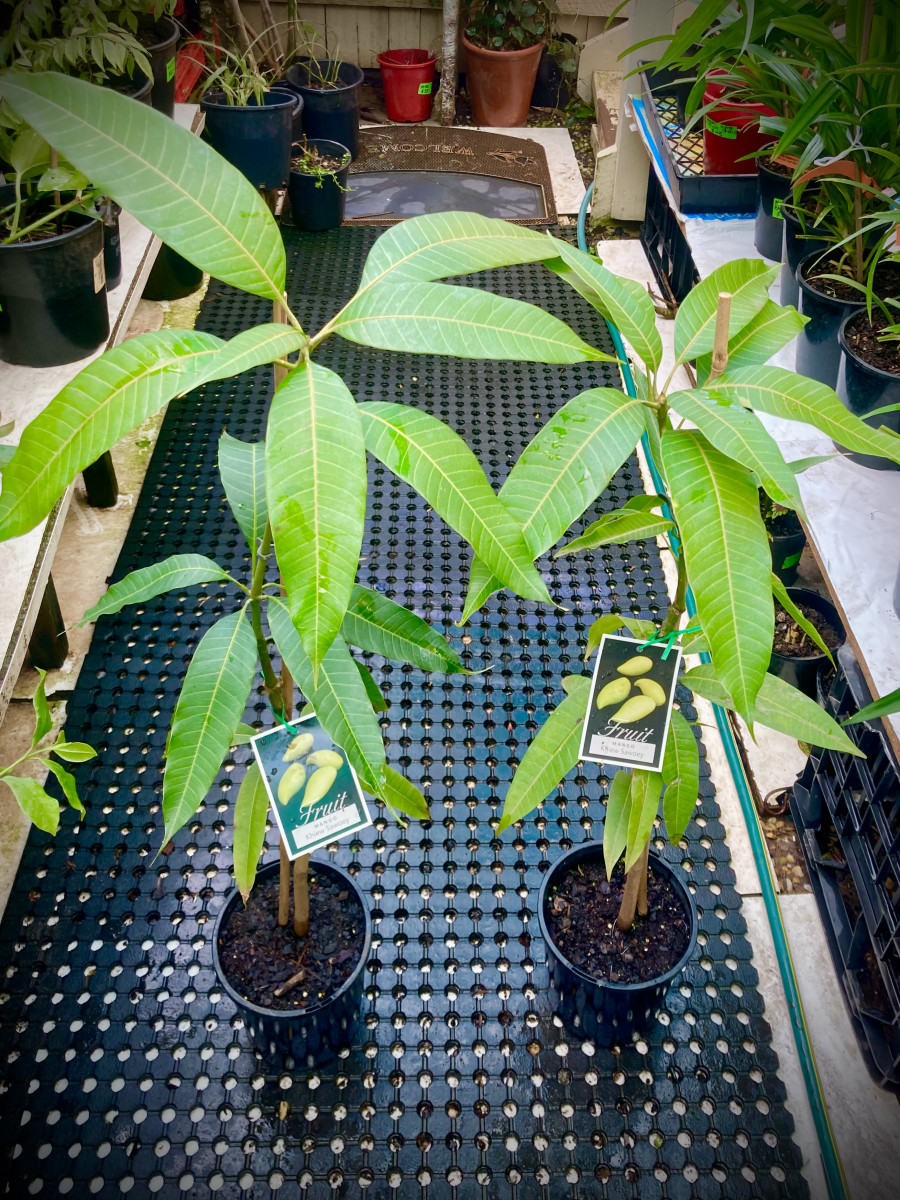
Another Thai variety is the Nam Doc Mai mango plant. It's known for its elongated shape and smooth, creamy texture. The Nam Doc Mai mango has a sweet and floral flavor, making it a popular choice for eating fresh or using in desserts like mango sorbet or mango pudding.
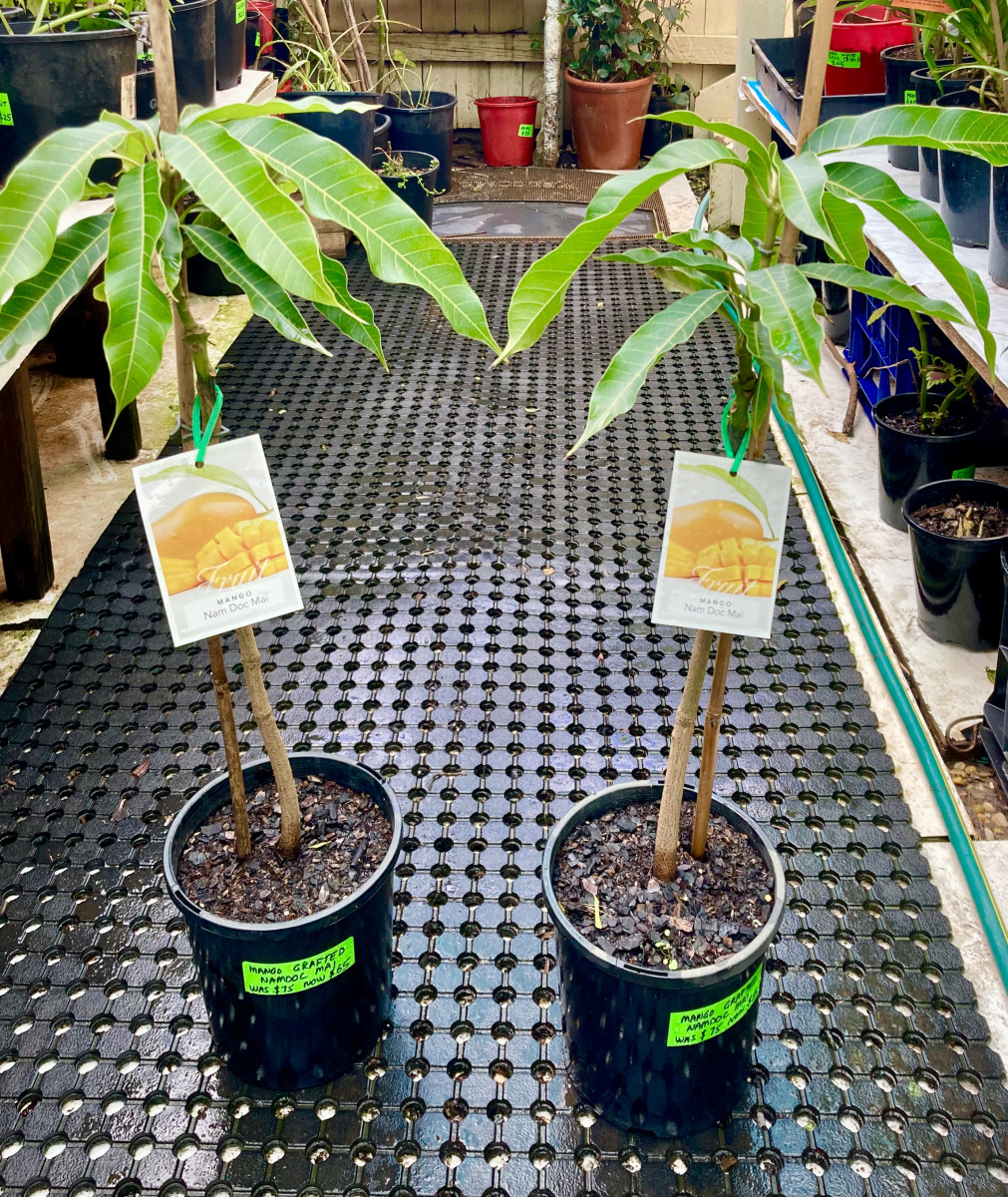
The King Thai mango plant is another Thai variety that's gaining popularity in Sydney. It has a sweet and tangy flavor with a hint of coconut, making it perfect for adding a tropical twist to your favorite dishes.
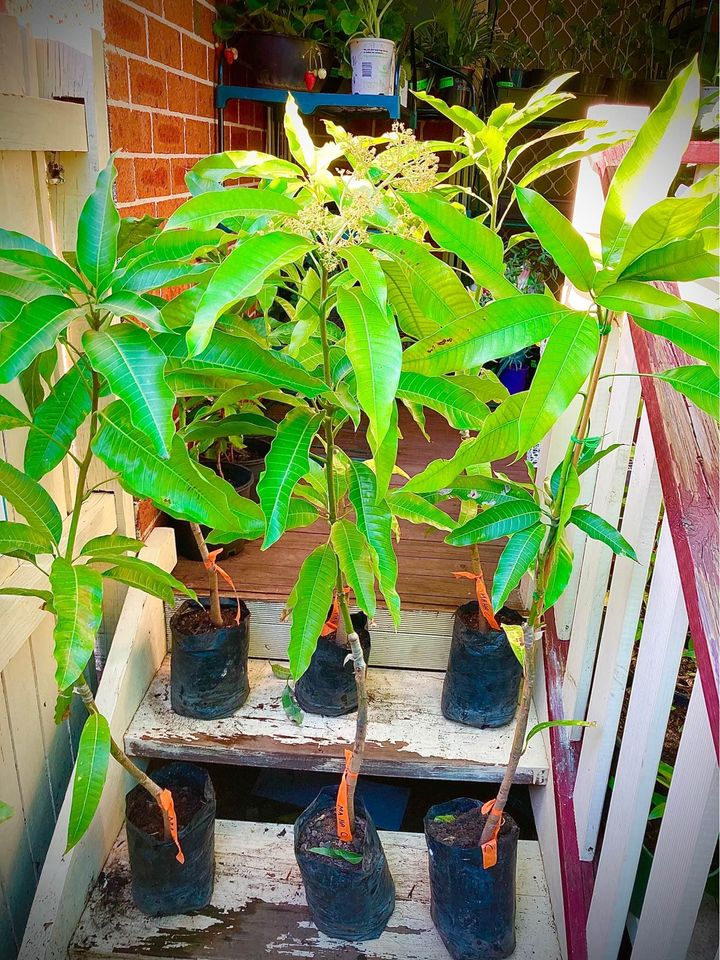
Last but not least, we have the Carabao mango plant, also known as the Filipino mango. It's prized for its sweet and juicy flesh, with a rich flavor that's hard to beat. The Carabao mango is often enjoyed fresh or used in Filipino desserts like mango float or mango ice cream.
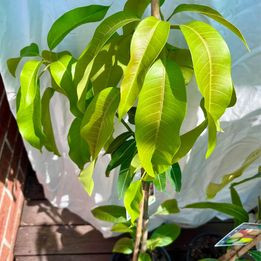
When choosing the best mango variety for your garden, consider factors like flavor, texture, and fruit size. Think about your personal preferences and growing conditions, such as climate and soil type. With so many delicious options to choose from, you're sure to find the perfect mango variety to suit your taste buds and garden.
2 Mango Tree Care Basics:
Caring for mango trees in Sydney involves a few essential tasks to ensure they thrive and produce an abundance of delicious fruit. Let's explore the basics of mango tree care in this unique climate.
Firstly, watering is crucial for mango trees, particularly during dry periods. Sydney's hot summers can be challenging for mango trees, so it's essential to water them deeply and regularly to keep the soil consistently moist. Aim to water the trees at the base to avoid wetting the foliage, which can lead to fungal diseases.
Fertilizing is another key aspect of mango tree care. These fruit trees are heavy feeders and require regular applications of balanced fertilizer to support healthy growth and fruit production. Apply fertilizer containing nitrogen, phosphorus, and potassium every few months during the growing season, following the manufacturer's instructions.
Pruning is essential for maintaining the health and shape of mango trees. It's best to prune them during the winter months when they're dormant. Remove any dead, diseased, or crossing branches to improve airflow and sunlight penetration throughout the canopy. Additionally, thin out the canopy to reduce the risk of fungal diseases and encourage fruit production on the inner branches.
Propagation is an exciting way to grow new mango trees and expand your orchard. Mango trees can be propagated from seeds or through grafting. While seed propagation is relatively straightforward, it can take several years for the trees to mature and produce fruit. Grafting allows you to clone desirable traits from existing mango trees, such as specific fruit varieties or disease resistance.
3. Watering Mango Trees:
Watering mango trees is vital for their health and fruit production, especially in hot and dry periods. These tropical trees require consistent and adequate moisture to thrive. Here are some simple tips for watering mango trees effectively.
Firstly, it's essential to understand the signs of soil moisture levels. Check the soil around the mango tree regularly by inserting your finger into the soil to a depth of a few inches. If the soil feels dry to the touch, it's time to water the tree.
When watering mango trees, aim to provide a deep and thorough soaking rather than frequent shallow watering. This encourages the roots to grow deeper into the soil in search of moisture, resulting in a stronger and more resilient tree.
During hot and dry periods, mango trees may require more frequent watering to prevent stress and dehydration. Pay close attention to weather conditions and adjust your watering schedule accordingly.
However, it's crucial to avoid overwatering mango trees, as this can lead to root rot and other fungal diseases. Always allow the soil to dry out slightly between waterings to prevent waterlogged conditions.
Similarly, underwatering mango trees can also be detrimental to their health and fruit production. Ensure that the tree receives enough water to keep the soil consistently moist, particularly during the flowering and fruiting stages.
4. Fertilizing Mango Trees:
Fertilizing mango trees is vital for their growth and fruit production. A balanced fertilizer formulated for fruit trees, containing nitrogen, phosphorus, and potassium, is ideal for mangoes in Sydney. Mature trees should be fertilized thrice annually – in early spring, late spring, and early summer. Younger trees may need more frequent fertilization during initial growth stages.
When applying fertilizer, spread it evenly around the drip line, avoiding direct contact with the trunk to prevent root burn. Signs of nutrient deficiencies, like yellowing leaves or stunted growth, indicate the need for additional fertilization. Address deficiencies by selecting a fertilizer with a higher concentration of the lacking nutrient. For example, nitrogen-deficient trees benefit from a fertilizer with increased nitrogen content.
5. Pruning Mango Trees:
Pruning mango trees is essential for their overall health and productivity. By removing dead or diseased branches, pruning promotes air circulation within the canopy, reducing the risk of fungal diseases and pest infestations. Additionally, pruning helps sunlight penetrate the canopy, ensuring proper fruit development and ripening.
The best time to prune mango trees is during the dormant season, typically in late winter or early spring, before new growth begins. However, light pruning can be done throughout the year to remove any damaged or crossing branches. When pruning, it's important to use sharp, clean pruning shears to make clean cuts and minimize damage to the tree.
Aim to maintain an open canopy structure, allowing sunlight to reach all parts of the tree. Remove any branches that are growing inward or crossing each other, as they can create congestion and inhibit airflow. Additionally, shaping the canopy by pruning encourages strong, healthy growth and improves fruit production.
Overall, regular pruning of mango trees ensures they remain vigorous and productive, producing high-quality fruit year after year. By following proper pruning techniques and timing, mango trees in Sydney can thrive and yield abundant harvests.
6. Propagating Mango Trees:
Propagating mango trees can be done through seed propagation or grafting, each with its own benefits and considerations. Seed propagation involves planting mango seeds, either directly in the ground or in containers, and allowing them to germinate and grow into trees. This method is relatively simple and inexpensive but may result in variability in fruit quality and characteristics.
To propagate mango trees from seeds, start by selecting healthy, ripe mango seeds from a mature fruit. Remove the outer husk and plant the seed in well-draining soil, keeping it moist but not waterlogged. It's important to note that trees grown from seeds may take several years to produce fruit and may not inherit the desired traits of the parent tree.
Grafting, on the other hand, involves attaching a piece of desired mango variety, known as the scion, onto a rootstock of a different mango tree. This method allows for faster fruit production and ensures that the new tree inherits the desired characteristics of the scion. Grafting is commonly used in commercial mango cultivation to maintain consistency in fruit quality and traits.
Overall, both seed propagation and grafting are viable methods for propagating mango trees, each with its own advantages and considerations. By understanding the differences between these methods, growers can choose the best approach for their specific needs and goals.
Conclusion:
In conclusion, caring for mango trees in Sydney involves essential practices like watering, fertilizing, pruning, and propagation. By following these guidelines, growers can ensure healthy and productive mango trees that yield abundant fruit harvests. Remember to water consistently, fertilize appropriately, prune for optimal growth, and choose suitable propagation methods. Applying these techniques will promote the well-being of your mango trees, leading to bountiful harvests of delicious fruits. So, plan your care routine wisely and enjoy the rewards of nurturing flourishing mango trees in your garden or orchard.
.png)